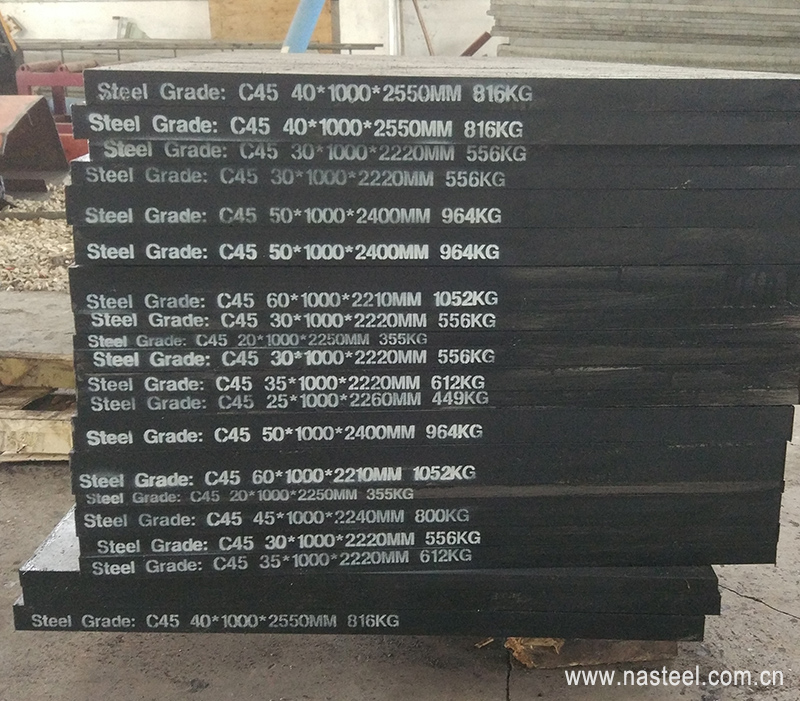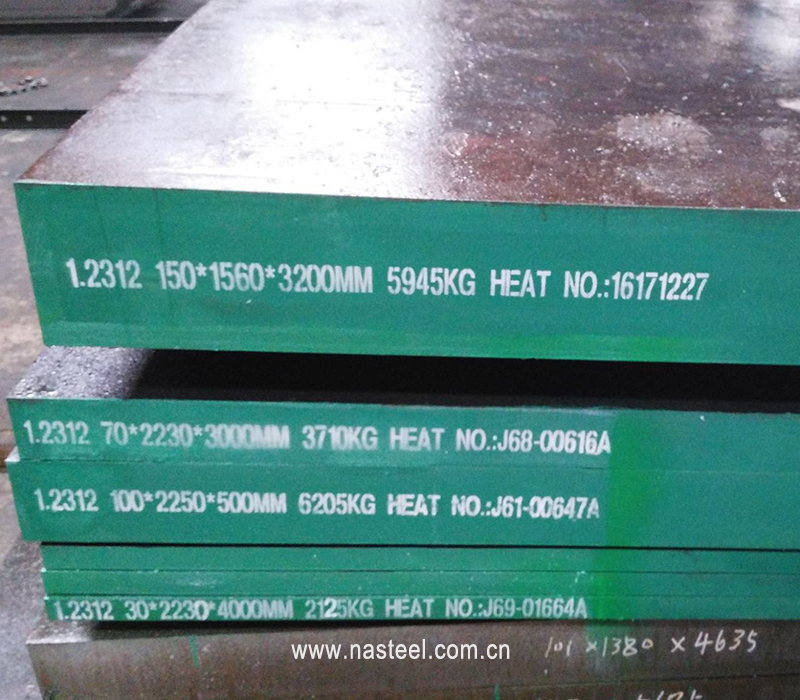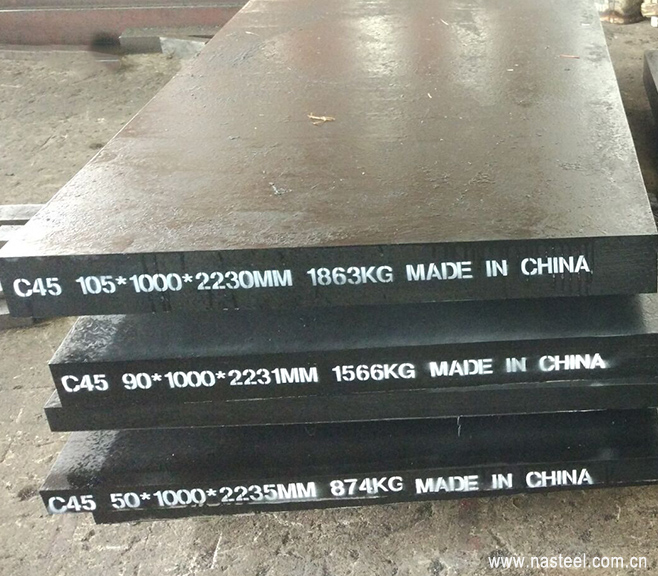1045 steel heat treatment process improvement: How to improve strength and wear resistance?

Great question! Improving the strength and wear resistance of 1045 steel largely revolves around optimizing its heat treatment process. Since 1045 is a medium carbon steel (≈0.45% carbon), it responds well to various heat treatment techniques. Here’s how you can enhance its performance:
🔥 Heat Treatment Process Improvements for 1045 Steel
1. Austenitizing + Quenching + Tempering
Goal: Maximize hardness and strength while maintaining some ductility.
-
Austenitize: Heat to 820–870°C (1510–1600°F) to convert the microstructure to austenite.
-
Quench: Rapidly cool in oil or water (oil is safer, less cracking risk).
-
Temper: Reheat to 400–650°C (750–1200°F) depending on desired hardness/toughness trade-off.
✅ Result:
-
Hardness can increase up to ~55 HRC.
-
Improved wear resistance and tensile strength (~850–1000 MPa possible).
2. Induction or Flame Hardening
Goal: Harden the surface for wear resistance while keeping a tough, ductile core.
-
Method: Rapid, localized heating of the surface followed by quenching.
-
Common for parts like shafts, gears, or pins.
-
No need to heat-treat the entire component — cost-effective for surface durability.
✅ Result:
-
Hardened case (~1–5 mm deep) with hardness ~55–60 HRC.
-
Core retains good toughness.
3. Normalizing (Optional Pre-Treatment)
Goal: Refine grain structure, improve uniformity before hardening.
-
Heat to ~870°C (1600°F), then air cool.
-
Often used before quenching to enhance consistency.
✅ Result:
-
More uniform microstructure.
-
Reduces internal stresses and improves machinability.
4. Carburizing (Less Common for 1045)
Goal: Create a high-carbon surface layer for extreme surface hardness.
-
Not typical for 1045 (already mid-carbon), but possible in hybrid applications.
-
More common with low-carbon steels.
🧪 Additional Tips for Process Control
-
Use hardness testing (e.g., Rockwell C) to confirm treatment effectiveness.
-
Control heating/cooling rates precisely — uneven rates cause warping or cracking.
-
Preheat before welding or hardening (≈200–300°C) to reduce thermal shock and cracking.
📊 Summary Table
| Process | Hardness | Wear Resistance | Toughness | Notes |
|---|---|---|---|---|
| Quench + Temper | High (up to 55 HRC) | High | Moderate | Balanced properties |
| Induction/Flame Hardening | Very High (surface) | Very High | High (core) | Great for rotating parts |
| Normalizing (pre-step) | Moderate | Moderate | Good | Improves uniformity |

